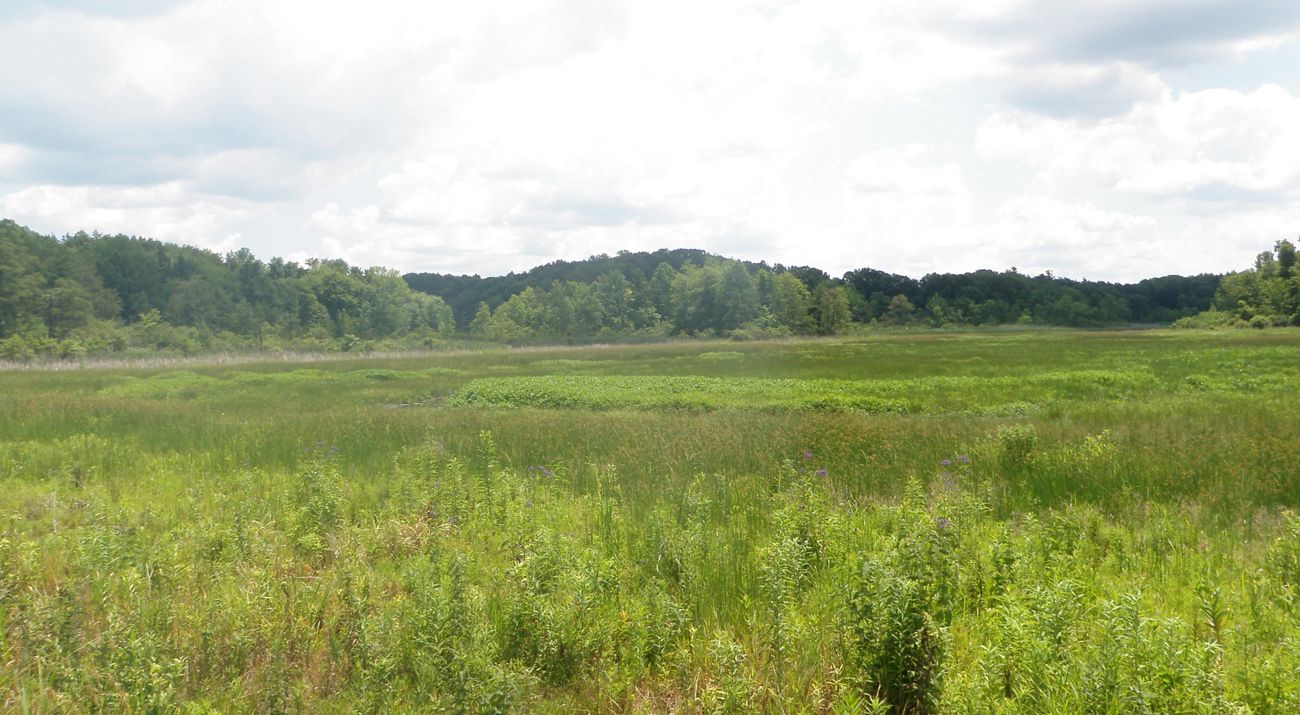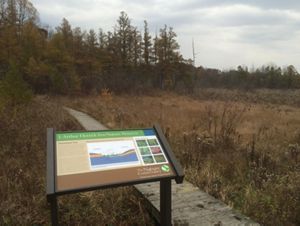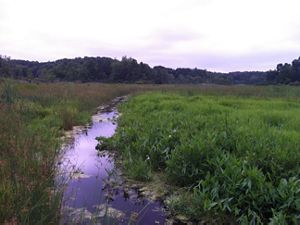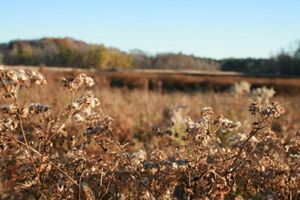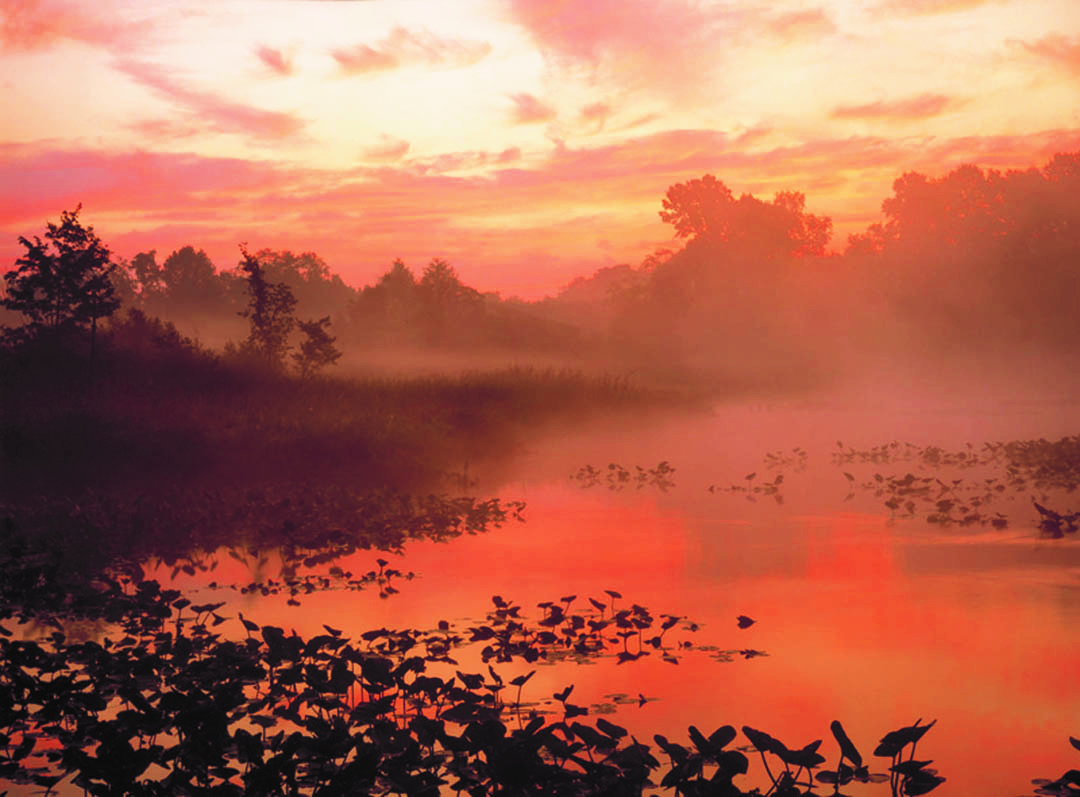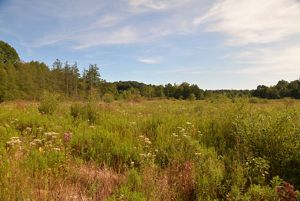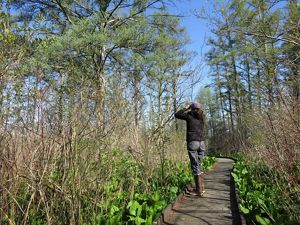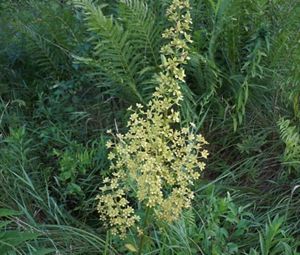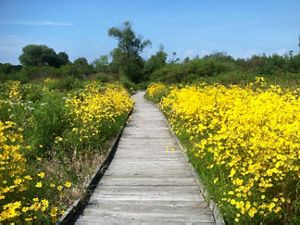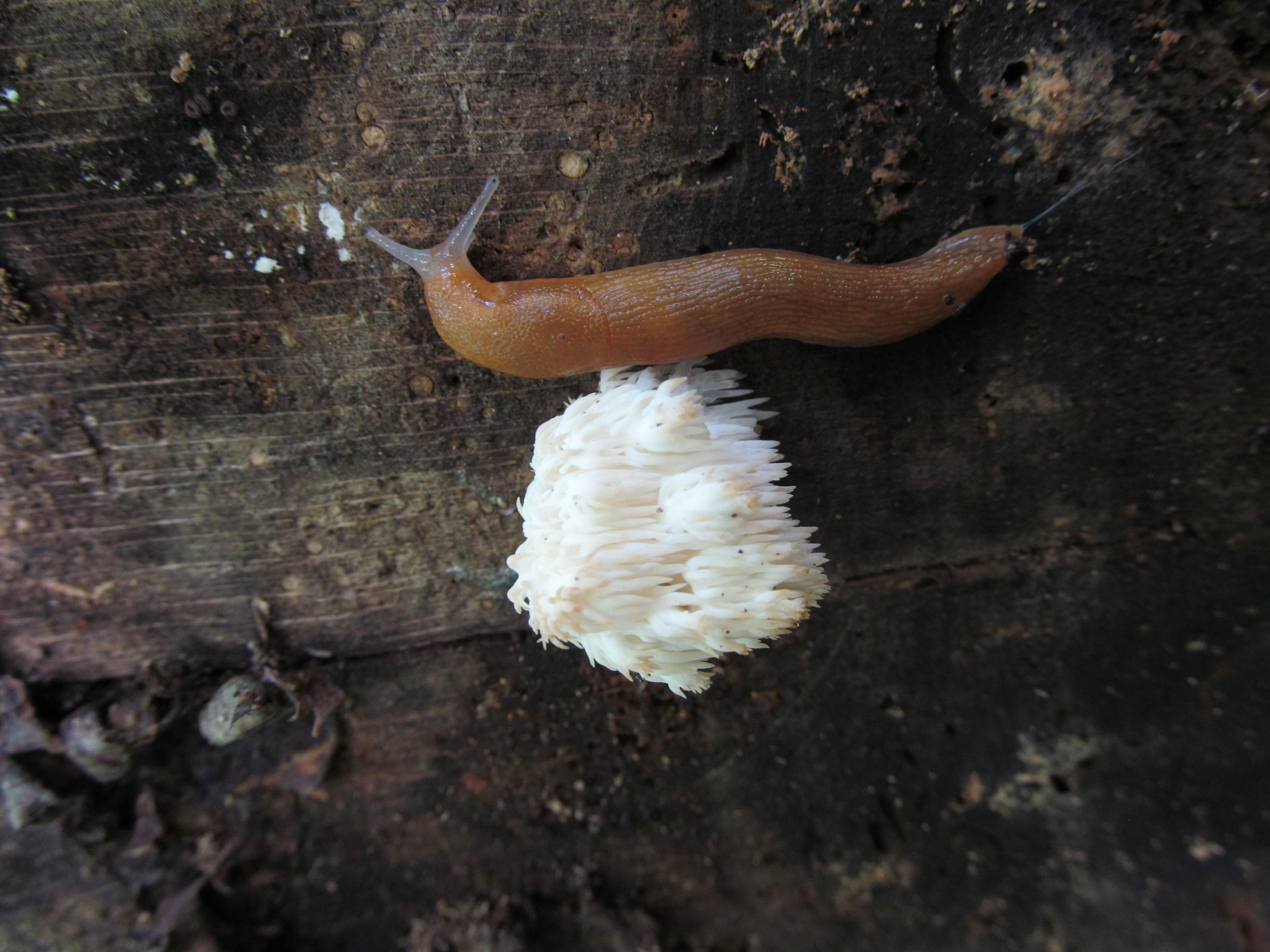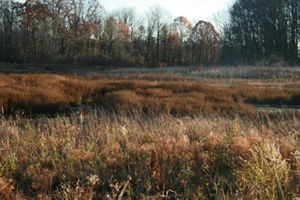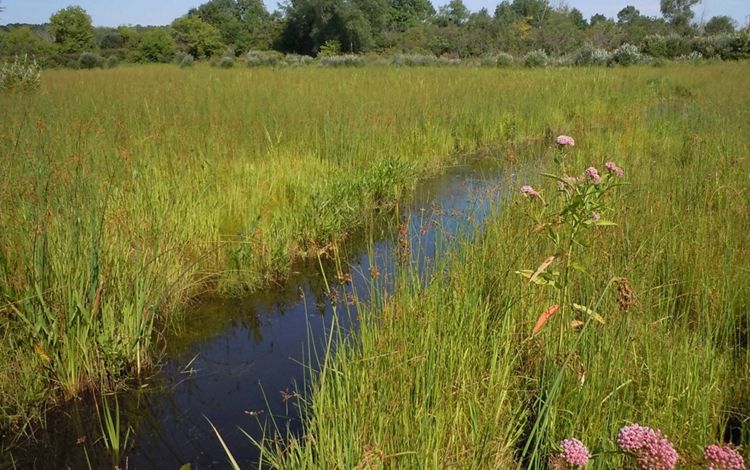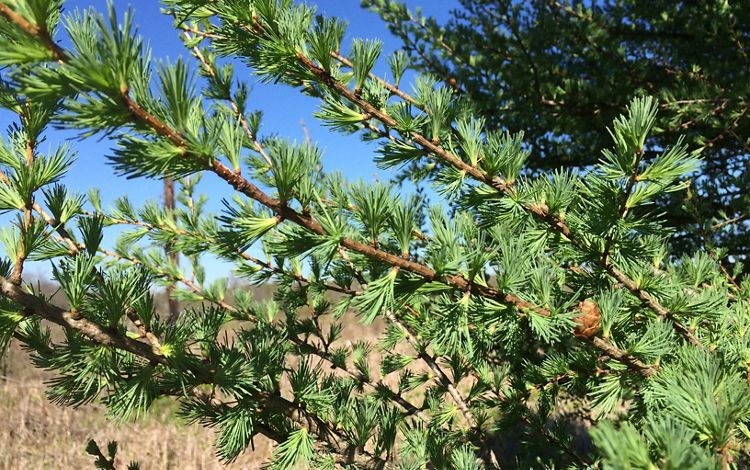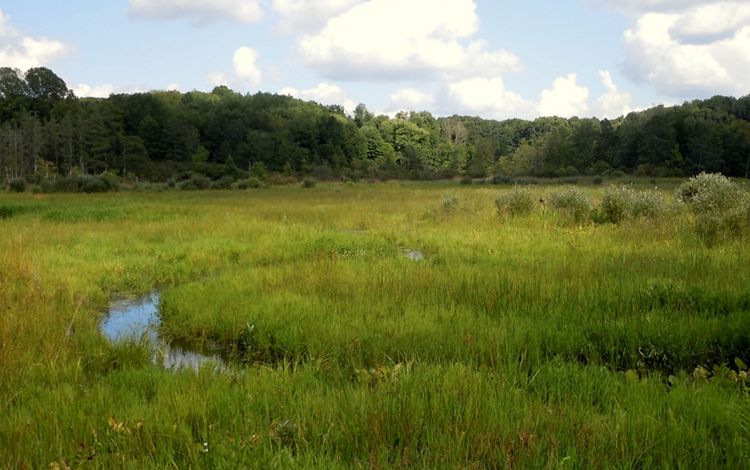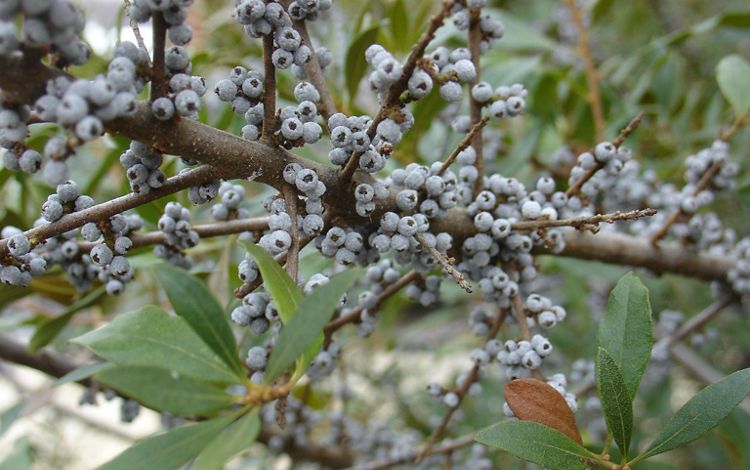Description
Please note: due to a washout of the access road, Herrick Fen Preserve is currently closed for visitation until further notice.
Herrick Fen Preserve features unique geologic, hydrologic, biologic and physical features that resulted from the retreat of glaciers during the last ice age, some 12,000-14,000 years ago.
The preserve hosts two special fen communities, owing their presence to an impermeable silt and clay layer covered with glacial gravel that allows for the rise of cold, calcium- and magnesium-rich springs. The tamarack fen is the only native conifer in Ohio that sheds its needles each year, and the preserve boasts one of the few reproducing populations of it in the state. The cinquefoil-sedge fen contains an extensive population of bayberry, a state endangered plant found in only three locations in Ohio.
All told, the preserve provides habitat for over two dozen state-listed species. The initial preserve tract was purchased by Dr. J. Arthur Herrick in 1969 and now comprises some 140 acres. It is jointly owned by The Nature Conservancy and Kent State University, and managed by The Nature Conservancy as a dedicated state nature preserve.
